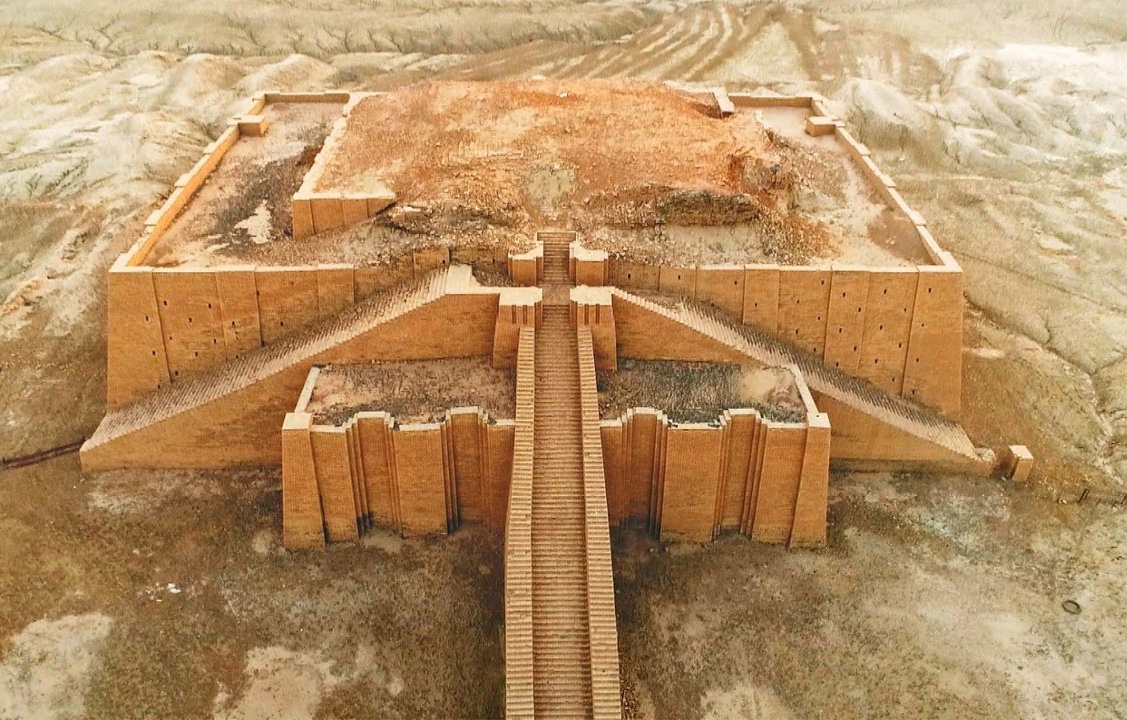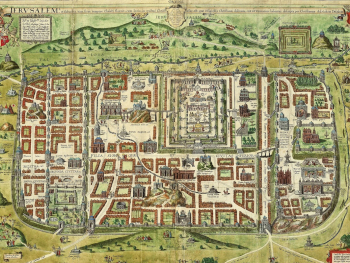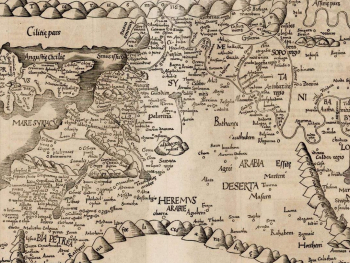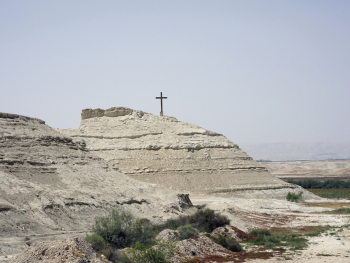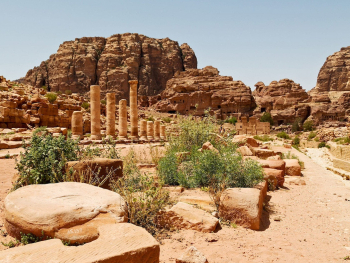The Bible is not just a religious text; it's also a treasure trove of historical accounts that offer glimpses into the ancient world. Within its pages lie tales of magnificent cities that once thrived but have since been lost to the sands of time. These lost cities of the Bible tantalize the imagination, sparking curiosity about their existence and fate. Fortunately, modern archaeology has embarked on a quest to rediscover these ancient locations, shedding light on their significance and contributing to our understanding of the biblical narrative. Join us on a journey to uncover some of the most intriguing lost cities of the Bible and the stories they hold.
- City of Tyre: Tyre, once a powerful Phoenician city-state, played a prominent role in the biblical narrative. It was renowned for its maritime prowess and trade networks, mentioned in both the Old and New Testaments. However, much of ancient Tyre has been lost to time, submerged beneath the waters of the Mediterranean Sea. Modern excavations have focused on its mainland counterpart, revealing glimpses of its former grandeur and the cultural exchange that characterized this ancient metropolis.
- City of Nineveh: Nineveh, the capital of the mighty Assyrian Empire, is perhaps best known for the biblical story of Jonah and the great fish. Despite its significance in ancient times, Nineveh was eventually abandoned and lost to history. It wasn't until the 19th century that archaeologists rediscovered its ruins near the modern city of Mosul in Iraq. Excavations at Nineveh have unearthed palaces, temples, and artifacts that offer insights into the art, architecture, and military might of the Assyrians.
- City of Babylon: Babylon stands as a symbol of power and splendor in the biblical narrative, depicted as a mighty empire that conquered Jerusalem and exiled the Israelites. Its Hanging Gardens, one of the Seven Wonders of the Ancient World, are legendary. While the ruins of Babylon have long been known, ongoing excavations have revealed new insights into its urban layout and monumental architecture. These discoveries challenge traditional views of Babylon and its significance in ancient history.
- City of Petra: Hidden amidst the rugged desert landscapes of modern-day Jordan lies the ancient city of Petra. Though not explicitly mentioned in the Bible, Petra was a bustling center of trade and commerce during biblical times. Its iconic rock-cut architecture, including the famous Treasury and Monastery, attests to the skill and ingenuity of its Nabataean inhabitants. Rediscovered by Western explorers in the 19th century, Petra continues to captivate visitors with its beauty and mystery.
The rediscovery of lost cities of the Bible represents a journey into the past, a quest to unravel the mysteries of ancient civilizations and their enduring legacies. Through archaeological excavations and historical research, we can piece together the stories of these once-great cities and gain a deeper understanding of the cultural, political, and religious landscapes of the biblical world. As we continue to unearth their secrets, these lost cities remind us of the rich tapestry of human history and the enduring impact of ancient civilizations.
